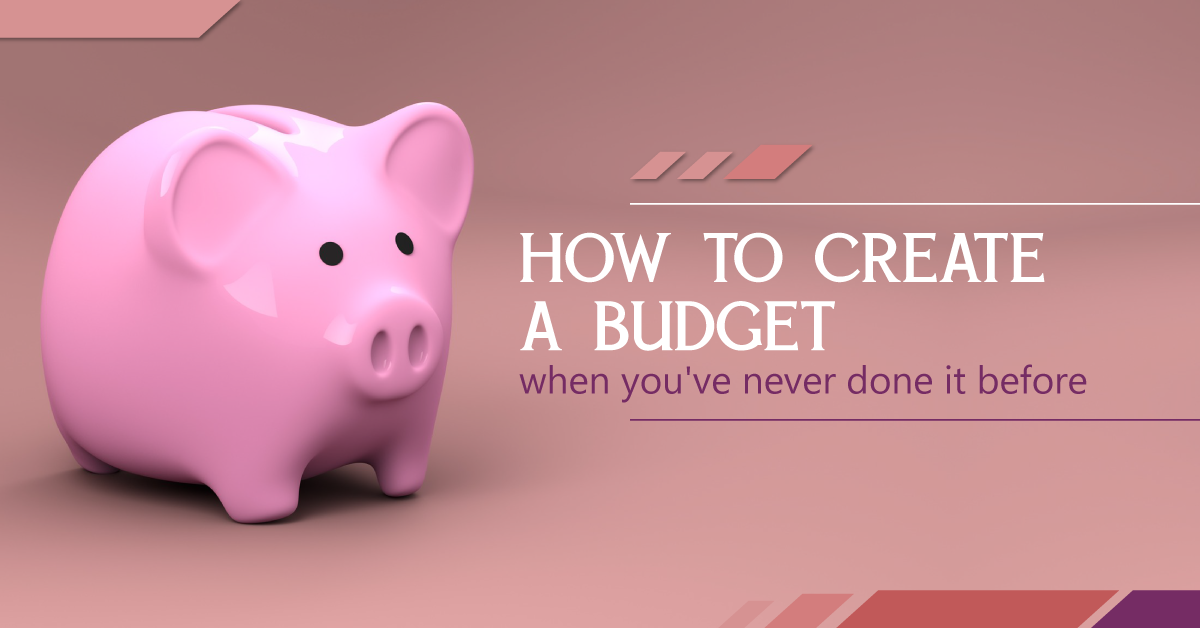Props on a Budget: a Resource Guide
Teachers often have the task of producing a school show with grand ideas but with little to no budget. Before you start organizing a fundraiser, digging into your own pockets (because who wants to do that?), or look for strange, unusual, or just really expensive items, check out the following nine suggestions to source props on a shoestring budget. (This list can easily be adapted for costume pieces as well!)
1. Absolutely essential or easily substituted?
First, go through the show and determine whether or not the prop in question is absolutely essential, or could be easily substituted with something similar.
As a reminder: a prop is any item that is used or carried onstage that is not a costume piece. Let’s say you are doing a fairy tale-esque show that calls for a king’s golden scepter. There’s no sense driving yourself mad looking for a golden scepter if you already have a silver scepter from a past production that could work equally well. Ask yourself: “Is it absolutely essential to have a scepter onstage? Could the king have a ceremonial sword instead? Does the king HAVE to have the scepter at all?” If the prop is absolutely essential, move on to our second point…
2. Adapt, reuse, re-purpose!
Adapt props from your current storage situation. It’s amazing what you can do with a quick coat of paint or some supplies nabbed from the art studio. With a little bit of gold spray paint and perhaps even some stick-on jewels, your formerly-silver-now-golden scepter is ready to go.
3. Use your contacts.
Contact nearby schools and/or theatres who have recently done the same show or a show in a similar time period. They may be willing to loan you their items, in exchange for a future rental for their upcoming productions, an advertising space in your program, a “special thanks” in the house manager’s speech, or a reduced rental fee. It’s a good idea to start a list of contacts just for this purpose!
4. Beg, borrow, and ask.
Request donations or see what you can borrow from friends and family members – both your students’ and your own. You never know what treasures people are keeping in their attics, basements, garages, and sheds! Perhaps someone has a gorgeous vintage typewriter or old Halloween decorations that could be used in your show. Just make sure to clearly label all borrowed items and keep a detailed list of who lent what, so the borrowed items can be returned after the show.
5. Go corporate.
Ask for donations/sponsorships from local businesses. Reach out to local businesses for sponsorship opportunities. If you’re producing a show with lots of paper products, such as posters, letters, and newspapers, perhaps a local printing company or stationary store would sponsor your show and provide the items for a reduced rate (or even for free).
6. Go digital.
Use your e-resources – email lists, social media, and online buy & sell sites. Get active on Facebook. Scour Pinterest and YouTube for tutorials on how to find or make an item. Search blogs for How To’s. Email students’ families, or any other connections you can think of for assistance. Tweet from your school’s account using your city’s hashtag (for example, #LdnOnt for London, Ontario, Canada). Check out local online sources such as Craigslist – their buy & sell listings will generally have a “free” section.
7. Get thrifty.
Hit up thrift stores. Value Village, Goodwill, Salvation Army, and more! These are all great places to score deals. If you are going to be doing many shows in the future, see if a local thrift store might consider a long-term “rental” agreement with your school. The thrift store could agree to loan items from their store as long as they are returned in good order, with the tags intact, or in exchange for a donation of goods after the show.
8. Get REALLY thrifty!
Check out dollar stores, bargain stores, and yard sales. Items don’t have to be expensive to look great onstage. It’s pretty amazing what you can create with $5, some hot glue, and some creativity. For example, you can combine some round white decorative boxes, a plastic plate, some leftover ribbon, and fake flowers to make a fantastic layered wedding cake prop. (Remember: props don’t necessarily have to be super-detailed because the audience will be seeing them from far away.) Think outside the box
9. Partner with other departments.
Reach out to other teachers in your school and see if they can adapt their lesson plans to assist your production. Can the design & technology class build the “Greased Lightning” car? Can the art department design and paint sets? Can the family studies class sew curtains and pillows? Perhaps an individual student can make an independent study project out of creating a special item for the show, or maybe an extracurricular club can get involved.
The most important takeaway from this post is: don’t be afraid to ask. You never know what great partnerships and deals you can achieve until you do a little research, send a few emails, and pick up the phone. Good luck!



